(Photo Credit Tim Oun – Unsplash)
By Holly Gustafson
In 2015, my husband and I were blessed to be able to attend the World Meeting of Families in Philadelphia. We had the opportunity to hear talks by some of our favourite Catholic authors, run into bishops and cardinals from all over the world at the corner convenience store, and be two of the over one million people who celebrated Mass with Pope Francis on the Benjamin Franklin Parkway.
The official theme of the week-long event (which culminated in the Festival of Families on Saturday night, hosted by Mark Wahlberg and featuring performers like Aretha Franklin, Andrea Bocelli, and Jim Gaffigan) was “Love is Our Mission: The Family Fully Alive.” But there was another, less official theme running throughout the entire event.
The unofficial message was this: the family is a place where the broken and wounded can find healing.
Archbishop Fulton J. Sheen once shared the account of his trip to a leper colony, an experience that changed the trajectory of his entire vocation:
“I had with me 500 silver crucifixes about two inches high. I intended to give each leper a silver crucifix. The first one who came to me had his arm eaten away by the disease. He held up the stump; there was a rosary around it. He put out his hand. It was the most foul, fetid, noisesome mass of corruption that I ever saw. I held the crucifix above it and dropped it, and it was swallowed up in that volcano of leprosy. And all of a sudden there were 501 lepers in that camp, and I was the 501st. For I had taken that symbol of God’s identification with man and refused to identify myself with someone who was a thousand times better on the inside than I. Then it came over me the awful thing that I had done. I dug my fingers into his hand and pulled out the crucifix then pressed it to his hand and so on for all other 500 lepers. From that time on I learned to love them by touch, by the incarnational principle.”
It might be an odd story to represent familial love and a little gross, but that’s exactly what family is: odd, wounded, human, messy. The moral of Fulton J. Sheen’s story is this: Don’t be afraid of the mess, of the conflict, of the wounds, because it’s not until we enter the wound that we truly learn to love.
St. Faustina certainly knew this: “I take refuge in the wounds of Jesus,” she says, “I must seek consolation, comfort, light, and affirmation in the wounds of Jesus.” Faustina wasn’t afraid to enter the wounds of the broken Christ – it was here she found Christ’s mercy.
One of the best saints to turn to for healing is Our Lady of Lourdes, whose feast day is February 11. In a cave called Massabielle, Mary appeared to a teenage girl named Bernadette Soubirous and told her to dig in the ground until she found a muddy spring, which eventually became a clear stream from which healing miracles still occur. She, our mother who holds the titles of Health of the Sick and Refuge of Sinners, is the perfect one to turn to when we’re experiencing brokenness; she can bring comfort to the struggling and healing to the family.
During the World Meeting of Families seven years ago, this message was made clear to me over and over: family is not a refuge from suffering and brokenness, and those of us experiencing wounds within our family know this all too well. But family was created to be a refuge for the suffering, a healing space, and a place where we are willing to enter into each other’s wounds and embrace Christ in order to find God’s mercy.
Mary, Our Lady of Lourdes, pray for our families.
 |
Holly Gustafson lives with her husband, James, and their five children, in Regina, where they attend Christ the King Parish. Holly received her Masters in Linguistics at the University of Manitoba, and now pursues her love of language through art, writing, public speaking, and unsolicited grammatical advice. The best advice she ever received was from her spiritual friend, St. Faustina, who told her that when in doubt, “Always ask Love. It advises best.” |

